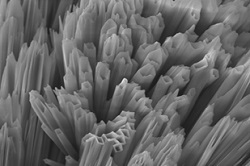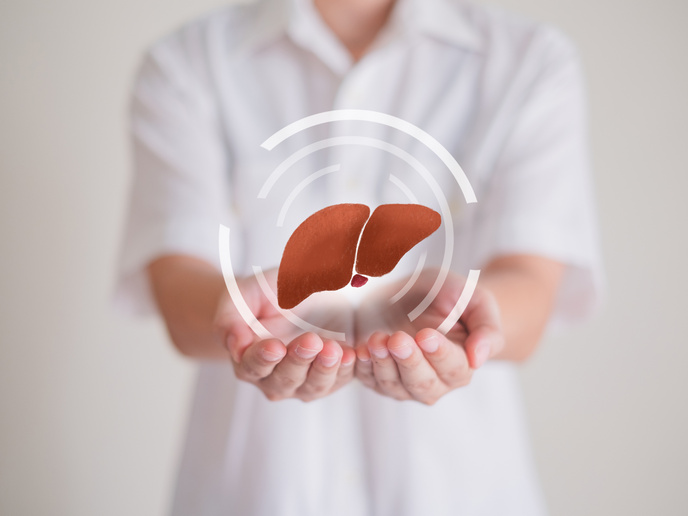Novel eye therapeutics to help combat blindness
Focusing on the training and up-scaling of a grand total of 27 younger Marie-Currie Fellowship researchers, the 3D-NET (Drug Discovery and Development for Novel Eye Therapeutics) project also had the distinct research objective to discover and further develop drugs that target ocular pathologies, in particular retinal vascular permeability, unwanted blood vessel growth, inflammation and cell degeneration. “The MSCA fellows within the project gained cross sectoral experience which for some accelerated their career transition to industry and for others gave them the confidence to return to academia to broaden their research acumen,” commented project coordinator Prof. Breandán Kennedy of University College Dublin (UCD). “Consequently, both the academic and industry partners grew to appreciate their different priorities, strategies and management approaches, and learned how to work effectively with each other.” And effective they were – scientifically, around 2 500 drugs were tested for their efficacy as potential ophthalmic drugs, both in vivo and in vitro. As a result of these exhaustive tests, two drugs are now undergoing pre-clinical development and a new RVP-CysLT-induced rodent model was developed. 3D-NET also probed that LY294002, a PI3-Kinase inhibitor, when combined with other inhibitors of the same signalling pathway were even more safe and efficient to treat ocular neovascularisation in zebrafish models. “Our EU funding through the 3D-NET also enabled further development of quininib, a now-patented drug uncovered in former studies here at UCD,” outlines Kennedy. “Through 3D-NET, several relevant steps were taken for further pharmaceutical development of this drug, which is an alternative therapeutic strategy to combat resistance associated with conventional antiangiogenic therapies.” The project has also been extremely active in disseminating its results and activities. “We have published three scientific articles in peer-reviewed journals and another four manuscripts are currently under preparation,” says Kennedy. “We’ve also organised three international workshops with over 130 attendees and have taken part in over 20 specific outreach activities, many of which had a key educational focus. This included the holding of summer schools at UCD and also visits to schools so we could engage with the younger generations. One of our priorities was to convey to the public not only the relevance of scientific research related to blindness but also its value in terms of societal progress and the improvement of patients’ living standards.” Whilst, like many multi-stakeholder projects, 3D-NET had its fair share of administrative challenges, Kennedy overall said that the project has been a resounding success. “It was always inspiring and something that we were very proud of, when our workshops and general meetings became ‘melting pots’, where CEOs from industry, PhD students, non-academic technicians, prestigious medical consultants and university professors talked and asked questions to each other as true peers.” With blindness affecting up to 30 million people in Europe, the human element to the project was always at the forefront of the team’s mind. “We invited patients to give their perspective to our conferences and workshops,” explains Kennedy. “One of these patients was Nuno, a 40 year-old man from Portugal who lost his sight after an accident but recovered over 80 % of his vision thanks to a novel corneal treatment developed by one of the 3D-NET participants. Although the surgery that achieved this was not directly related to 3D-NET research, Nuno was definitely one of the ‘driving forces’ of our project!”







